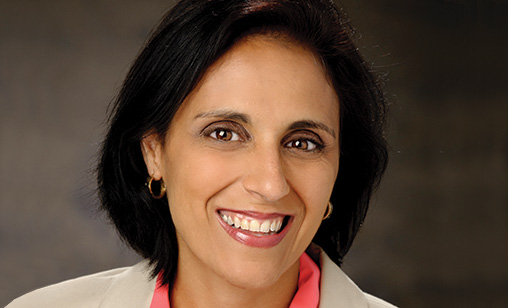Leasing
Lessors demand different MRO deals from manufacturers
Manufacturing modern passenger jet engines is a high tech business and looking after them once they are in the air is just as complicated.
March 1st 2017
The growing presence of original equipment manufacturers (OEM) in the engine MRO aftermarket, forecast to deliver annual growth of 4.1% annually, it is not only about offering cost-effective “power-by-the-hour” service packages. Read More »
In the 21st century, it also is about incorporating the information provided by Big Data to deliver more focused and speedier MRO solutions to clients. And it also is about tailoring MRO packages for the fast expanding Asia-Pacific lessor market.
 |
How does Pratt & Whitney deal with aircraft that may be operated by an airline but owned by a lessor? “We continue to see growth in the area of lessor owned airplanes. It can evolve in two ways: an airline with a leased fleet that is looking for MRO services or airlines with their own planes that make the purchase and do sale-leasebacks and combinations thereof,” Pratt & Whitney vice president engine services, Eva Azoulay said.
“Typically, we work directly with the airline. Most airlines operate leased aircraft from more than one lessor. They need a maintenance program suited to their entire fleet and not one that is different for every leased aircraft they have. A majority of these agreements are done directly with the airline.”
Lessor MRO packages are based on lease return dates. “They can select base return conditions and request coverage under their maintenance program or chose MRO options that are best suited to their lease conditions,” she said.
“We are spending a lot of time with our customers and lessors in developing packages or bridge offerings suited to aircraft as they move from one hand to the other. How do we support the plane in that period? We have different thoughts and ideas that are being tested and discussed with various parties as the market evolves in that direction.”
For MRO Big Data collection, P&W has a new capability, eFAST, which is data acquisition and transmission. It collects full flight data that P&W mine and develop into algorithms to better predict an engine’s performance.
A terabyte of data is created by an aircraft engine on each flight. The newest aircraft, from Boeing’s B787 Dreamliner to Airbus’ A350 wide-body jet, collect information on more than 200,000 aspects of every journey. A large part of this information is engine data. The information collected better shapes the suite of MRO packages Pratt & Whitney tailors for its clients.
Azouly said: “some airlines look to the OEMs to provide a Fleet Management Plan (FMP) that includes necessary maintenance at a fixed hourly cost. In some cases, the contract will include lease support, transportation and other factors.
“Other airlines have their own maintenance capability and want very specific material commitments and material availability. We have more than 5,000 engines under FMPs of some sort. We also have agreements with a fixed price, where the airline decides when the engine is brought in [for checks] so an airline can optimize fleet operations.
“We work with our partners such as MTU, but we have a multitude of agreements with airline or independent MROs operators to leverage the greatest capacity worldwide.”
As a product matures and has different engine MRO requirements, Big Data allows an MRO to maximize time on the wing for each engine, Azouly added.